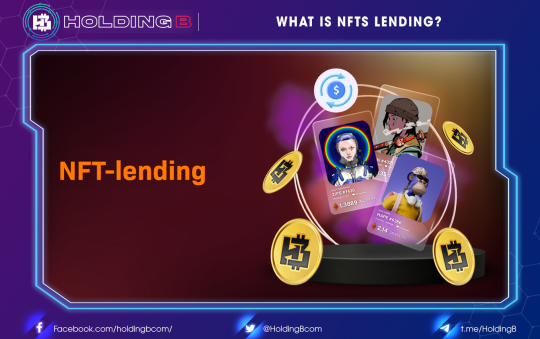Curve Finance is a decentralized exchange (DEX). While similar to other DEXs like Uniswap and Balancer, Curve Finance focuses on the exchange of stablecoins.
Due to the increase in cryptocurrency adoption and the enhancement of DeFi productivity, many traders now have a greater need to swap stablecoins as efficiently and economically as possible.
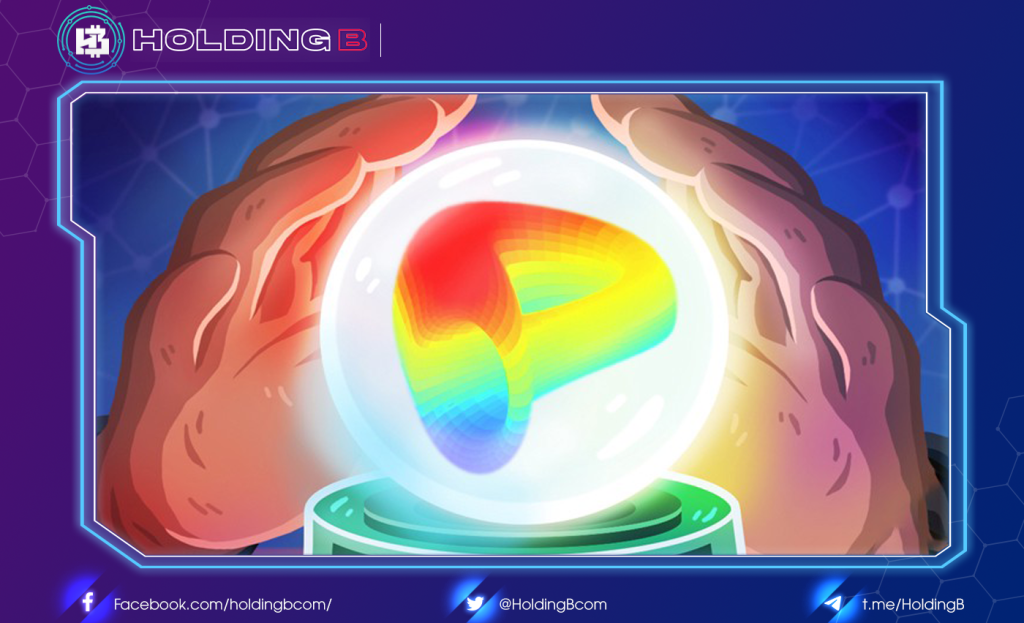
What is Curve Finance?
AMC refers to an automated market-making mechanism (AMM) along with liquidity pools. By focusing on similar performing assets (stablecoins), Curve Finance is able to offer low fees, small slippage, and reduce the risk of impermanent loss.
Besides the ability to swap stablecoins, Curve Finance also rewards users who provide liquidity to the exchange. Liquidity pools eliminate the need to match a buyer with a seller to complete an exchange. Instead, users trade in and out of the pool of pre-funded tokens, resulting in more efficient trading.
Curve Finance is a non-custodial service provider, so it does not have direct access to users’ crypto tokens.
How does the CRV Token work?
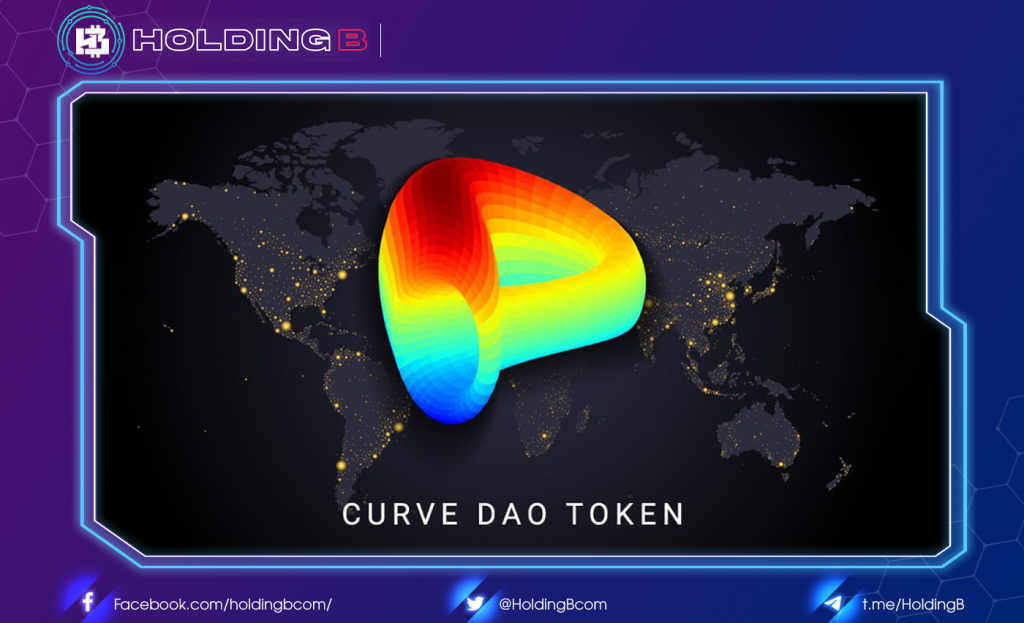
Curve CRV, the native token of the Curve Decentralized Autonomous Organization (Curve DAO), runs the Curve Finance system. Tokens were introduced in 2020 for management and as a reward for liquidity providers. Along with other staking rewards, liquidity providers now receive a CRV for lending their crypto to the system, which allows lenders to influence the direction of the platform.
Governance protocols allow CRV holders to vote on decisions regarding the Curve Finance exchange. The owner’s influence depends on the amount of CRV held and also on how long that CRV has been held. Those who have held the CRV for the longest time have the most weight when it comes to voting.
Pros and Cons of Curve
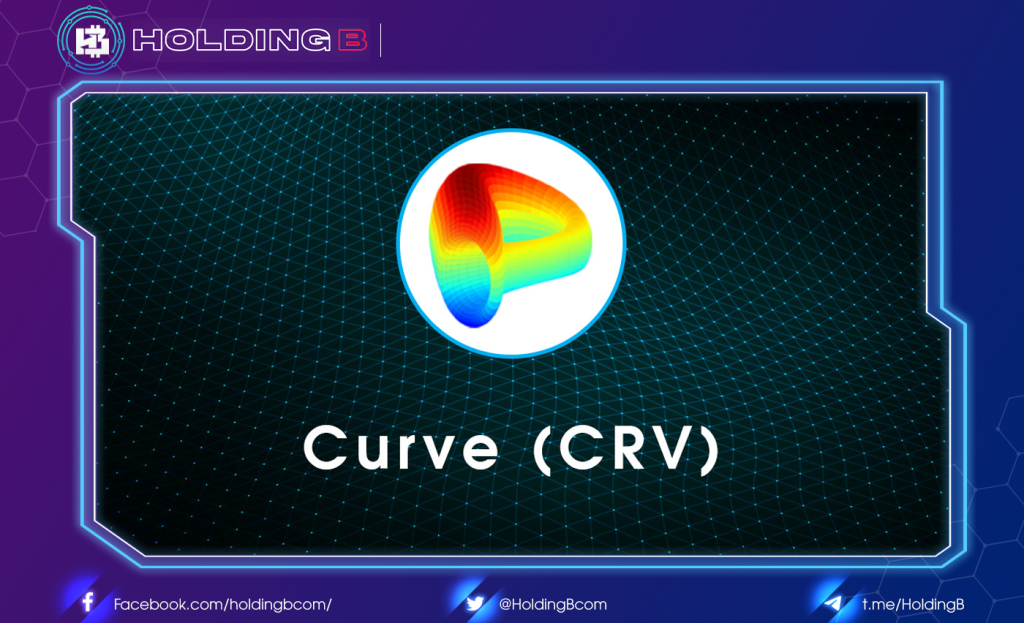
Pros
- Low transaction fees. Thanks to automated liquidity pools and market makers, the transaction fees associated with exchanges are some of the lowest in DeFi. However, this is not the full picture: you will still need to pay Ethereum gas fees, which can go up to $80 for a transaction during times of severe congestion.
- The simplicity of smart contracts Since Curve Finance smart contracts are among the simplest in the DeFi space, they are among the best with regard to security and efficiency.
- This reduces the risk of impermanent loss. While not impossible, the risk of impermanent loss has been lessened on Curve, thanks to the focus on stablecoins.
Cons
- Risks from separate DeFi protocols. To improve profitability, Curve Finance integrates with multiple DeFi protocols, making the system vulnerable to issues arising from a separate DeFi system.
- High volatility in liquidity returns. Liquidity pools that offer high annual percentage yields (APYs) can often drop to low APYs over time.
- Fees for Ethereum As of May 2021, Curve has plans for other blockchains but currently only works on Ethereum, which, as of May 2021, is struggling with high gas (transaction) fees. Make sure to use a tool like Ethereum Gas Station to calculate your transaction fees before using Curve.
What are the risks of Curve Finance?
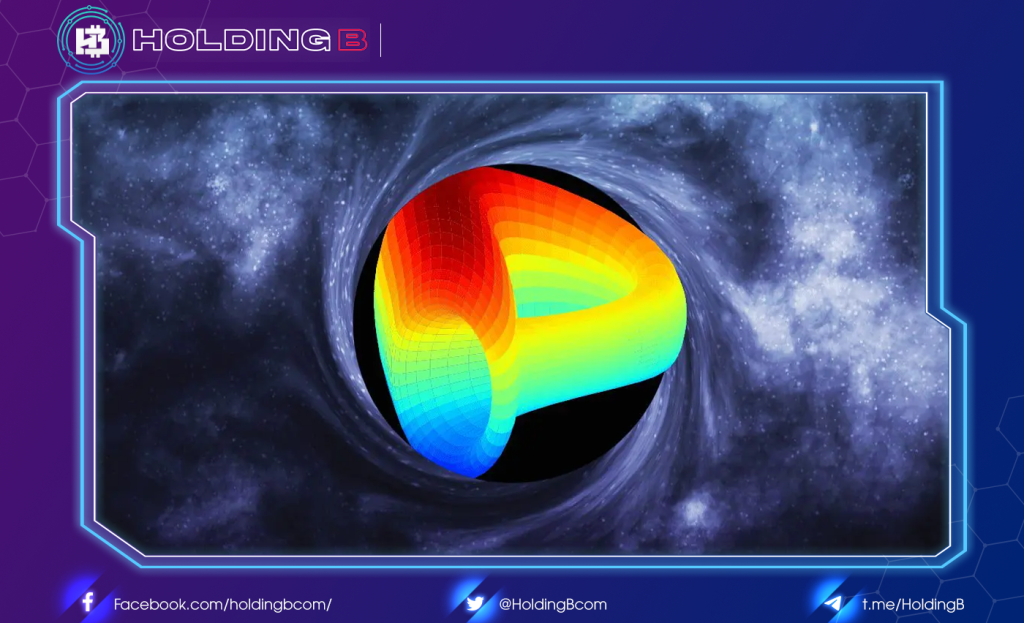
Risks are inherent in the crypto space and should be assessed before joining a protocol or purchasing any cryptocurrency. As with any investment, only deposit what you are willing to lose. Curve Finance has been audited by Trail of Bits, but that doesn’t mean the protocol is risk-free.
Curve Finance is primarily built on stablecoin pools. Stablecoins are pegged to an underlying asset like the US dollar. If a failed peg on a stablecoin results in a price drop, that pool’s liquidity providers will likely just hold the unpegged stablecoin instead of the usual fork.
Curve can provide liquidity to known partners like yearn.finance and Compound. This is done to achieve greater returns for liquidity providers and is often referred to as “combinability”. However, with close interaction and dependence on each other, the risk of chain collapse is inevitable. Problems with the connected DeFi protocol can result in damage to Curve Finance.
Permanent loss is always a risk when using an automated market maker like the one on Curve Finance. A permanent loss occurs if the price of the asset offered for liquidity changes in price compared to when you deposited it. A liquidity provider is likely to make more money if they hold the digital asset instead of providing liquidity. This effect decreases in Curve due to the concentration of assets that maintain similar prices (stablecoins).
How to provide liquidity on the Curve?
When you deposit liquidity into a pool, you will be exposed to every cryptocurrency in that pool. If a pool contains five cryptocurrencies, your stake will be allocated to the five cryptocurrencies in that pool. The ratio between these codes is constantly changing.
To add liquidity to the curve:
- Open Curve.fi, where you will be prompted to connect a web 3.0 wallet. Connect your choice of wallets (MetaMask, Ledger, Trezor, Fortmatic, etc.).
- Select a group. Click the menu icon at the top left of the web page. Choose which pool you also want to provide liquidity to.
- Enter the amount of each cryptocurrency you want to deposit in the boxes provided. There are tick options below the list of cryptocurrencies, such as “Use maximum amount of coins available”. What applies to you, apply.
- Click “Deposit” when ready. You will then be prompted by the connected web 3.0 wallet to authorize the transaction. Check to make sure you are comfortable with the associated gas (transaction) fees.
- Once ready, you can click “confirm” in your web 3.0 wallet to authorize the transaction.
- You will then receive the associated liquidity provider (LP) token, which is an “IOU” for tokens staked in Curve.
- Go to curve.fi/iearn/deposit to check the amount you have deposited with Curve Finance.
What is a Curve Pool?

Curve Finance relies on liquidity pools to offer the lowest slippage when it comes to cryptocurrency exchanges.
Liquidity pools are cryptocurrencies locked in smart contracts that have been lent by users. These users earn interest on what they lend. Teams help facilitate the trading of cryptocurrencies on the DEX.
Due to its focus on cryptocurrencies that offer similar volatility profiles, Curve Finance’s liquidity pools differ from those found on other exchanges due to its focus. By focusing on stablecoins, Curve offers a lending protocol that is less volatile than other platforms while still offering high interest rates on the liquidity offered.
Not all teams are created equal on Curve Finance. While there are pools where liquidity providers receive a percentage of exchange fees, there are also groups of lenders that involve the use of separate DeFi protocols that offer higher interest rates to providers.
See ya in the next article !
Don’t forget to follow useful articles about Crypto Market from team Holding B !!!
- Telegram Channel: https://t.me/HoldingBcom
- Telegram Group: https://t.me/HoldingB
- Website: https://holdingb.com/
- Twitter: https://twitter.com/HoldingBcom
- Facebook: https://www.facebook.com/holdingbcom




